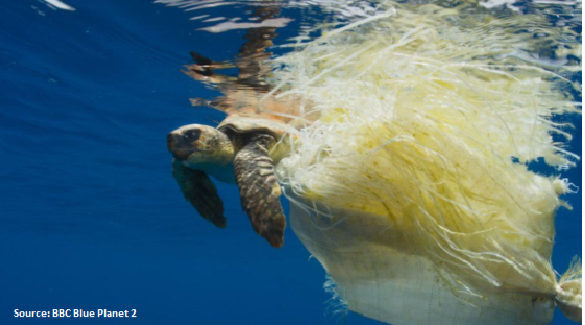
Polymer markets face two major challenges in coming months. The most immediate is the arrival of the major US shale gas-based ethylene and polyethylene expansions. The longer-term, but equally critical challenge, comes from growing public concern over plastic waste, particularly in the ocean.
The EU has set out its vision for a new plastics economy, where:
“All plastic packaging is reusable or recyclable in a cost-effective manner by 2030”.
Similarly, China has launched a ‘War on Pollution’, which has already led to all imports of plastic waste being banned.
Together, these developments mean there is unlikely to be a “business as usual” option for producers or consumers. A paradigm shift is under way which will change business models.
Some companies will focus on being low-cost suppliers, integrated back to the well-head or refinery. Others will become more service-led, with their revenue and profits based on exploiting the value provided by the polymer (virgin or recycled), rather than just the value of the virgin polymer itself.
The next 18 months are therefore likely to see major change, catalyzed by the arrival of the new US production, as I discuss in a new analysis for ICIS Chemical Business.

The second chart indicates the potential impact of these new capacities by comparison with actual production since 2000, with 2019 volume forecast on basis of the planned capacity increases. But can this new PE volume really be sold? It certainly won’t all find a home in the US, as ExxonMobil Chemicals’ then President, Stephen Pryor, told ICIS in January 2014:
“The domestic market is what it is and therefore, part of these products, I would argue, most of these products, will have to be exported”.
And unfortunately for producers, President Trump’s new trade policies are unlikely to help them in the main potential growth market, China. As John Richardson and I noted a year ago, China’s $6 trillion Belt and Road Initiative:













Leave A Comment